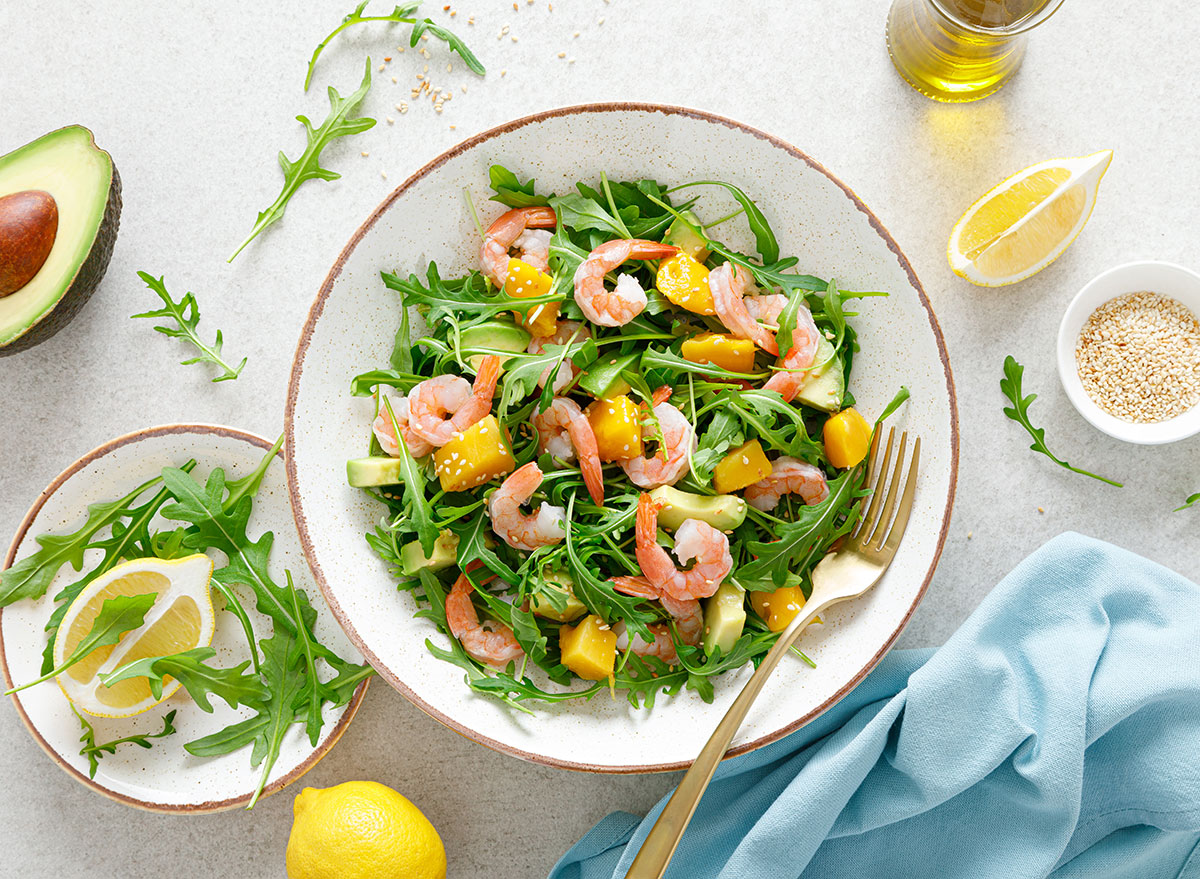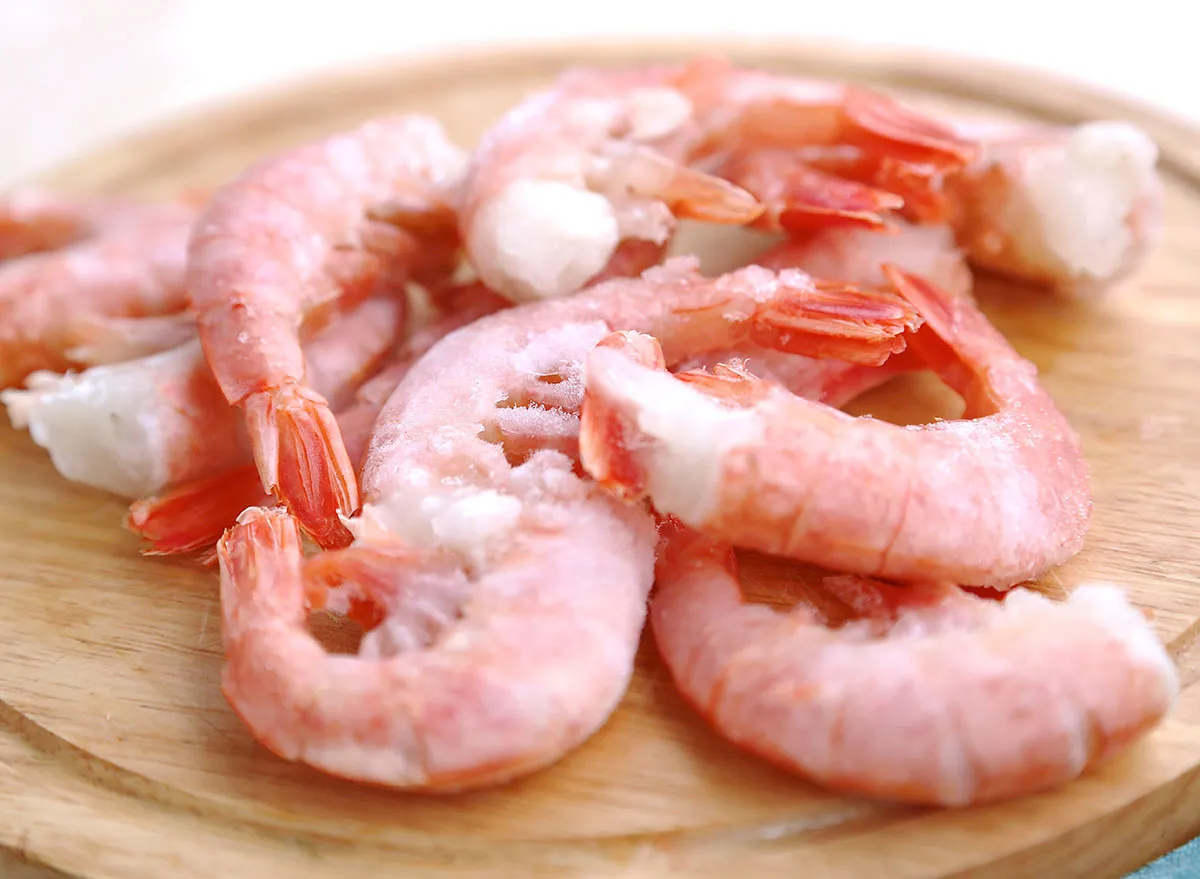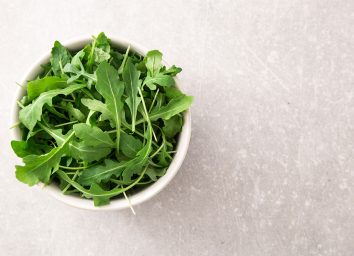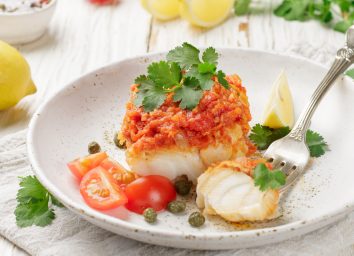One Major Effect of Eating Shrimp, Says Science

Whether you're enjoying some shrimp tacos, a plate of shrimp scampi, or your very own coconut shrimp at home, it's safe to say this shellfish is a delicious and versatile option for many different types of meals.
If you're someone who enjoys shrimp, it's important to also know the benefits your body gets from eating it. Shrimp contains a handful of helpful nutrients like zinc, iron, and B12, and one lesser-known major effect of eating shrimp is that you can also increase your daily levels of iodine.
Here's why you need iodine and how shrimp can increase your intake, and for more healthy eating tips, make sure to check out The 7 Healthiest Foods to Eat Right Now.
Why do we need iodine?
Approximately 2 billion people in the world are deficient in iodine, with iodine levels continually falling in the United States within the last decade.
Iodine is found in two crucial thyroid hormones, thyroxine (T4) and triiodothyronine (T3), and is necessary for proper thyroid health.
According to a review in Annals of Pediatric Endocrinology & Metabolism, iodine deficiency has been closely linked to thyroid disease. The National Institute of Health also states that iodine is needed for preventing overgrowth of TSH (thyroid-stimulating hormone), which can in turn help prevent hypothyroidism and hyperthyroidism.
For those who may now know a lot about hypothyroidism and hyperthyroidism, these two conditions are directly linked to your thyroid hormones.
Hypothyroidism is caused by a thyroid gland that doesn't produce enough hormones, which can lead to things like obesity and heart disease.
Hyperthyroidism is the opposite, as it is caused by an overproduction of hormones by the thyroid gland. This can lead to drastic weight loss, hair thinning or hair loss, fatigue, and increased anxiety.
Getting adequate levels of iodine is an important component in helping to lower the risk of these conditions and maintain a healthy thyroid.

How much iodine is in shrimp?
The good news for shrimp-lovers is that it is one of the best sources of iodine with around 13 micrograms in a 3-ounce serving, which is about 9% of the recommended daily value.
Shrimp and other seafood (specifically seaweed, oysters, and tuna) are higher in iodine levels because of the iodine that is also found in ocean water.
If you're struggling to think of enough ways to incorporate shrimp into your diet, there are tons of fun recipes you can try. For a healthier version of takeout coconut shrimp, try this baked recipe. You can also enjoy a fun shrimp quesadilla recipe or this warm and spicy jambalaya, just in time for the fall season!
For more tips, read these next:








